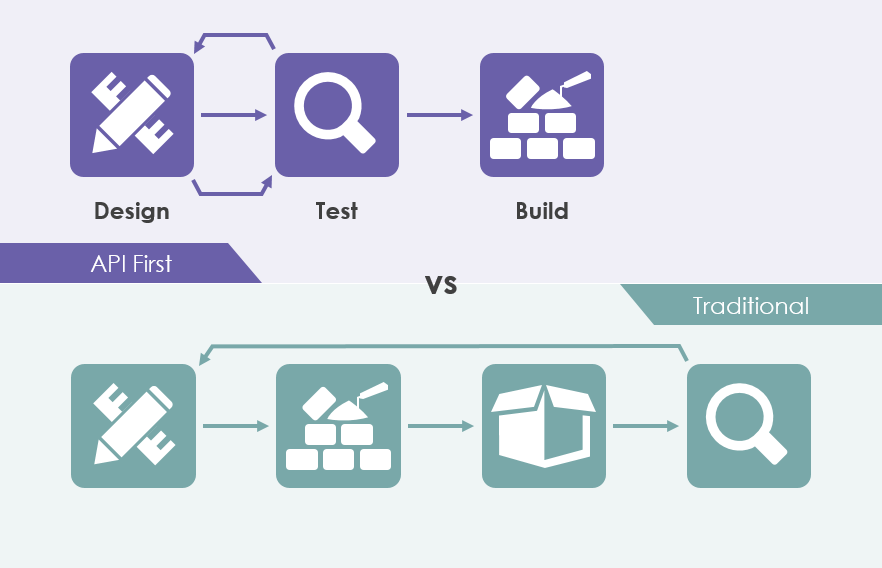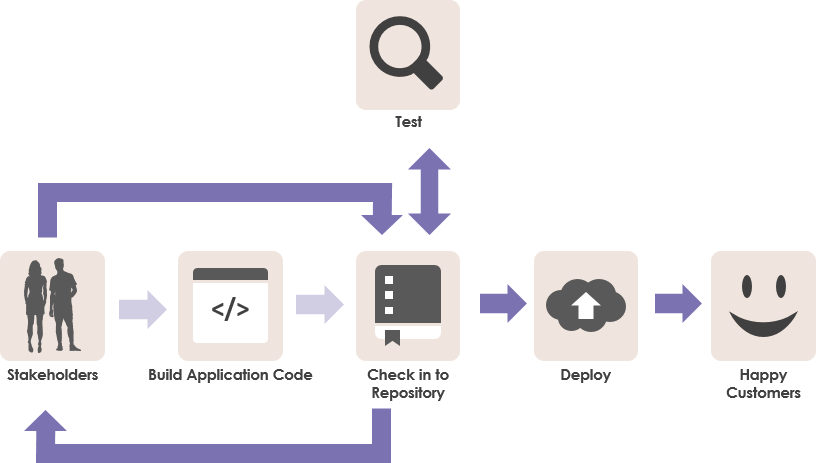The Code First approach is a more traditional approach to building APIs, with the development of code happening after the business requirements are laid out, eventually generating the documentation from the code. The Design First approach advocates for designing the API’s contract first before writing any code. This is a relatively new approach, but is fast catching on, especially with the use of OpenAPI specification formats.

There are advantages and disadvantages associated with both approaches, and at the end of the day, choosing the right approach boils down to your immediate technological and strategic needs that you wish to solve with your APIs. Let’s dive into when and why you would choose the Design First or Code First approach.
To understand the two approaches better, let’s look at the general process followed during the API lifecycle.
An API-first approach means that for any given development project, your APIs are treated as first-class citizens which helps avoid overlooking required functions or sinking a lot of time and energy into unwanted features. This is akin to customer-centric, lean product design, where designers render concepts and solicit consumer feedback before any technical specs are detailed.
An API-first approach involves developing APIs that are consistent and reusable, which can be accomplished by using an API description language to establish a contract for how the API is supposed to behave. Establishing a contract involves spending more time thinking about the design of an API. It also often involves additional planning and collaboration with the stakeholders providing feedback on the design of an API before any code is written.

Developers can start implementing the API much faster if they start coding the API directly from the requirements document. This is important if your go-to-market strategy emphasizes speed and agility as important factors for the success of the API program. This approach ensures that your definition is consistent with your implementation and team members might find it easier and simpler, especially for one-off and small tailor-made applications.
Visual Paradigm’s API design tool enables you to design, describe and document RESTful API in a total graphical way. You can design RESTful API easily by creating a simple Class Diagram, like the one below. The graphical design approach, along with our award-winning diagramming interface makes API design simple, straight-forward and error-free.

Without writing a single line of code, an API designer can generate the complete API definition following the Swagger 2 or API Blueprint specification. The API details all of its resources and operations based totally on your visual API design.

Generate beautiful, interactive API documentation that allows your development team and end consumers to easily get started with your API resources. The visual API documentation makes it easy both for back-end development and client-side consumption.
